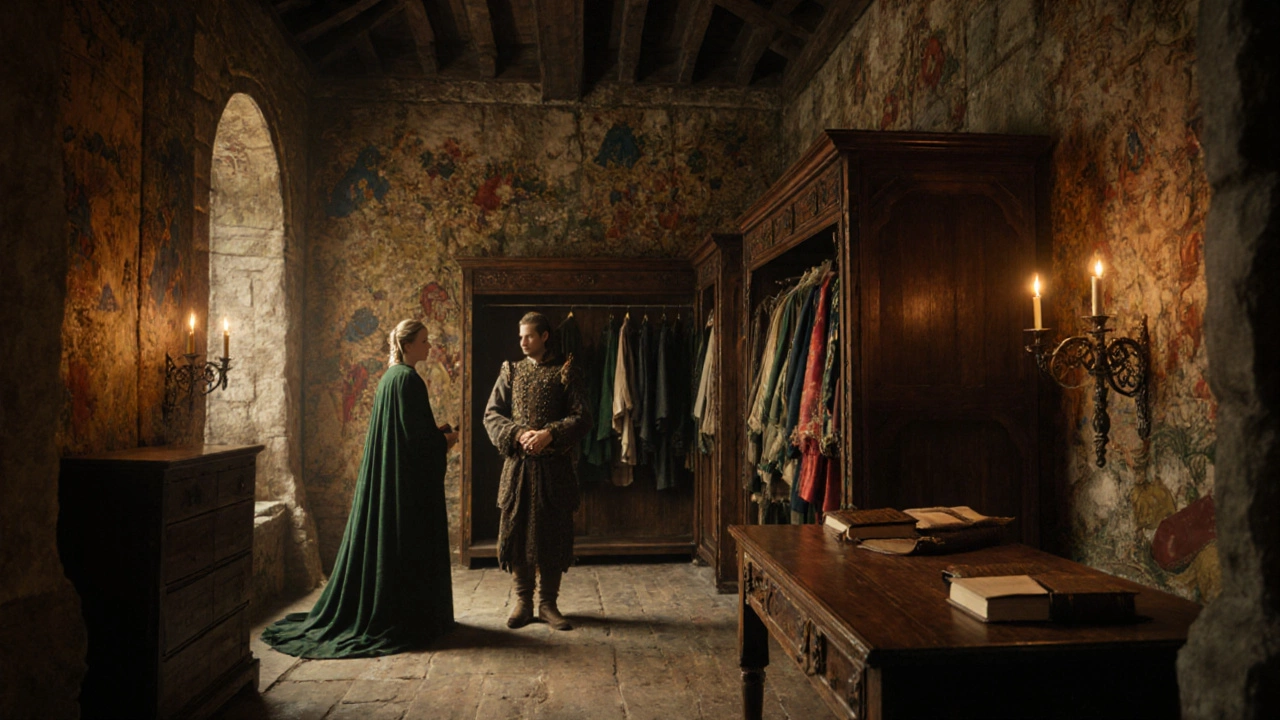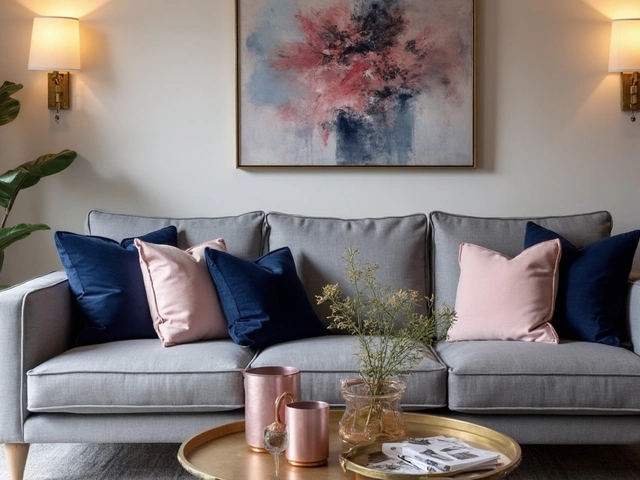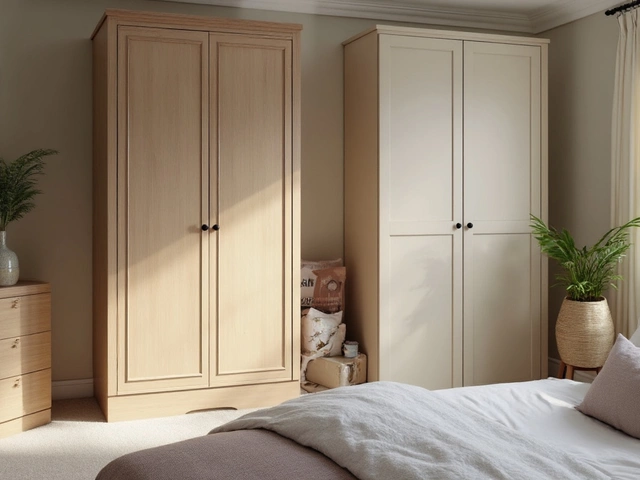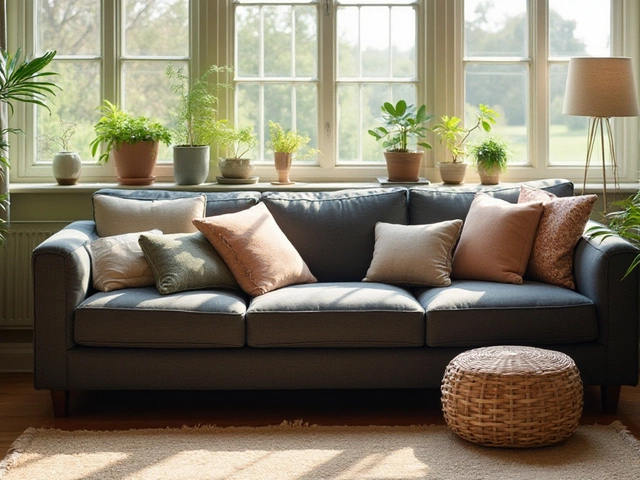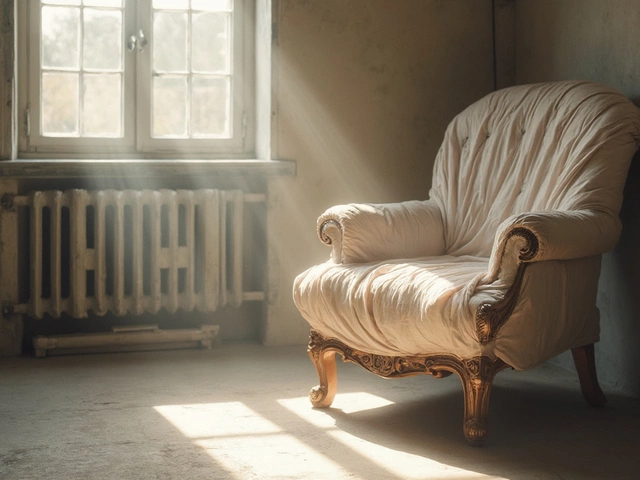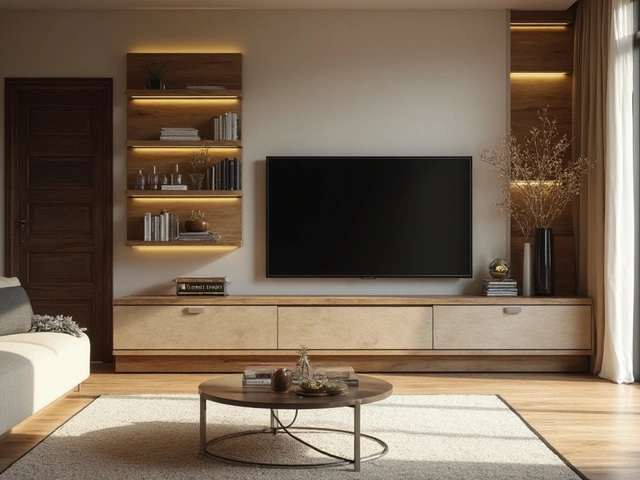Wardrobe Etymology: Where the Word Came From and What It Really Means
When you think of a wardrobe, a freestanding piece of furniture designed to store clothing with hanging space, shelves, and drawers. Also known as closet, it is one of the most common pieces of furniture in homes—but its name has a history you might not expect. The word "wardrobe" comes from the Old French "warderobe," which combined "warder" (to guard) and "robe" (a garment). Back in medieval times, it wasn’t just a piece of furniture—it was a room where clothes were kept, guarded, and organized by servants for nobility. Over time, the room became a piece of furniture, but the name stuck. Today, a wardrobe, a movable storage unit for clothing, often with doors, rods, and drawers is found in bedrooms, dorms, and even small apartments, offering a flexible alternative to built-in closets.
The difference between a wardrobe, a standalone storage unit for clothes and a closet, a built-in recess in a wall used for storing clothes isn’t just about structure—it’s about control. A wardrobe is portable, customizable, and doesn’t require construction. You can move it, repaint it, or swap out the inside shelves. A closet is permanent, often part of the home’s original design, and harder to change. That’s why people in rented homes, students, or anyone who moves often lean toward wardrobes. And it’s not just about convenience. The wardrobe, a freestanding clothing storage solution lets you organize by type, season, or frequency of use—something a deep, dark closet rarely encourages. Plus, modern wardrobes come with mirrors, lighting, and even built-in drawers for socks and ties, making them smarter than ever.
Why does this matter? Because how we store clothes reflects how we live. A wardrobe isn’t just about holding shirts and pants—it’s about reducing clutter, saving time, and making your morning routine smoother. The posts below explore everything from why wardrobes cost what they do, to how they compare to closets, and even how to pick the right one for your space. You’ll find real advice on materials, hardware, layout, and budgeting. No fluff. Just clear, practical info from people who’ve dealt with messy drawers, broken rods, and too-tiny spaces. Whether you’re moving into your first apartment or upgrading your bedroom, what you learn here will help you make a smarter choice.
